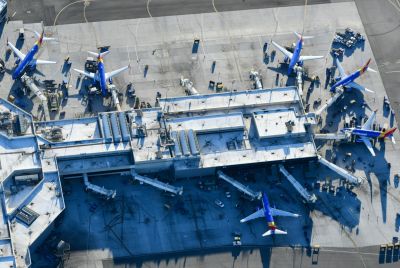Laos Methanol Poisoning: How It Happens and Should Tourists Worry About Drinking After Hostel Deaths?
Authorities have detained hostel staff and banned a local vodka brand after a suspected methanol outbreak killed young travellers in Vang Vieng.

The deaths of six young tourists in Laos from suspected methanol poisoning have sent shockwaves through the backpacking community and prompted governments worldwide to issue urgent travel warnings about consuming alcohol in Southeast Asia. Whilst the tragedy has raised legitimate safety concerns, experts say tourists can still travel safely by following basic precautions.
The incident occurred in mid-November in Vang Vieng, a popular backpacking destination in northern Laos. Two Australian teenagers, Holly Bowles and Bianca Jones, both 19, along with British lawyer Simone White, 28, American James Louis Hutson, 57, and two Danish women aged 19 and 20, died after consuming alcohol believed to be contaminated with methanol. At least six others were hospitalised.
The victims had stayed at the Nana Backpacker Hostel and reportedly consumed free shots of Laotian vodka offered by the establishment before going out for the evening. Laotian authorities have detained 11 hostel staff members, including the manager, as investigations continue. The government has also banned Tiger Vodka and Tiger Whisky, believed to be the source of contamination, and ordered the closure of its factory.
What Is Methanol and How Does It Poison?
Methanol is an industrial alcohol commonly found in antifreeze, paint thinners and cleaning fluids. Unlike ethanol, the type of alcohol in beverages, methanol is highly toxic. When ingested, it breaks down into formaldehyde and formic acid, which cause severe damage to organs.
Professor Leigh Schmidtke of Charles Sturt University explains that methanol is illegally added to drinks as a cheaper alternative to ethanol, particularly in countries with weak liquor regulations.
The World Health Organisation reports that Southeast Asia has the highest rates of methanol poisoning globally. The practice typically occurs where high taxes on legitimate alcohol make it unaffordable, encouraging production of counterfeit or homemade spirits to increase profits.

Recognising the Symptoms
The initial symptoms of methanol poisoning mirror regular alcohol intoxication, including dizziness, nausea and confusion. This makes early detection difficult. However, distinctive symptoms develop 12 to 48 hours after consumption, including blurred vision, difficulty looking at bright lights, vomiting blood, breathing difficulties and potential blindness. Without urgent treatment, methanol poisoning causes permanent vision problems, organ failure, coma and death.
'Late medical care contributes to the high level of morbidity and mortality seen in many methanol poisoning outbreaks', according to WHO guidance. Treatment with antidotes like fomepizole or ethanol is most effective when administered within 10 to 30 hours of ingestion.
Should Tourists Worry?
Whilst the Laos tragedy is devastating, experts emphasise that methanol poisoning remains relatively rare and preventable through sensible precautions.
The UK Foreign Office, US State Department and Australian government have all updated travel advisories, but none recommend avoiding travel to Laos or Southeast Asia entirely. Instead, they provide specific safety guidance.
Travel health experts recommend tourists follow these precautions to minimise risk. Buy alcohol only from licensed liquor stores, reputable bars and established hotels. Avoid homemade spirits, particularly local brews like arak or rice wine sold informally. Refuse free shots or drinks from unknown sources. Check bottle seals are intact and labels for poor printing quality or spelling errors. Be cautious of pre-mixed cocktails served in buckets or jugs. If prices seem suspiciously cheap, avoid the drink. Never leave drinks unattended and seek immediate medical attention if symptoms develop.
© Copyright IBTimes 2025. All rights reserved.





















